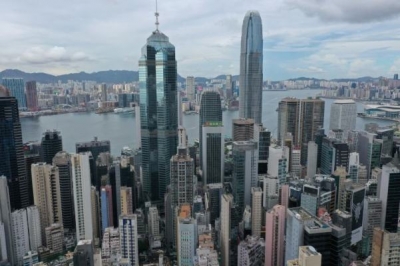
The British were buying porcelain, silk and tea from China since the 18th century. They were required to pay for these items in silver. However after some time, there was no more silver left in British coffers for them to trade with. The British then resorted to smuggling opium illegally into China in exchange for Chinese silver. They then used this same silver to pay for the tea and silk that they needed!
When the Chinese emperor came to know of the opium trading, he clamped down on the British. This led to two opium wars between China and Britain in 1839 and 1856. Since China did not have the necessary military and naval capabilities to engage with the British, they lost both the wars. As a result of this, they had to surrender some territories to the British. One of these territories was a rocky island off the East coast of mainland China called Hong Kong which China ceded to the British in 1842.
Hong Kong’s territory was expanded on two occasions – in 1860 with the addition of Kowloon Peninsula and Stonecutters Island and again in 1898 when Britain obtained a 99-year lease for the New Territories. This lease period ended in 1997 and Hong Kong was handed back to the Chinese in a special handover ceremony conducted on July 1, 1997. This event ended 156 years of British rule in Hong Kong.
Hong Kong was one of the U.K’s last significant colonial territories and its handover marked the end of the British Empire, which never recovered from its losses incurred during the Second World War.
Picture Credit : Google




